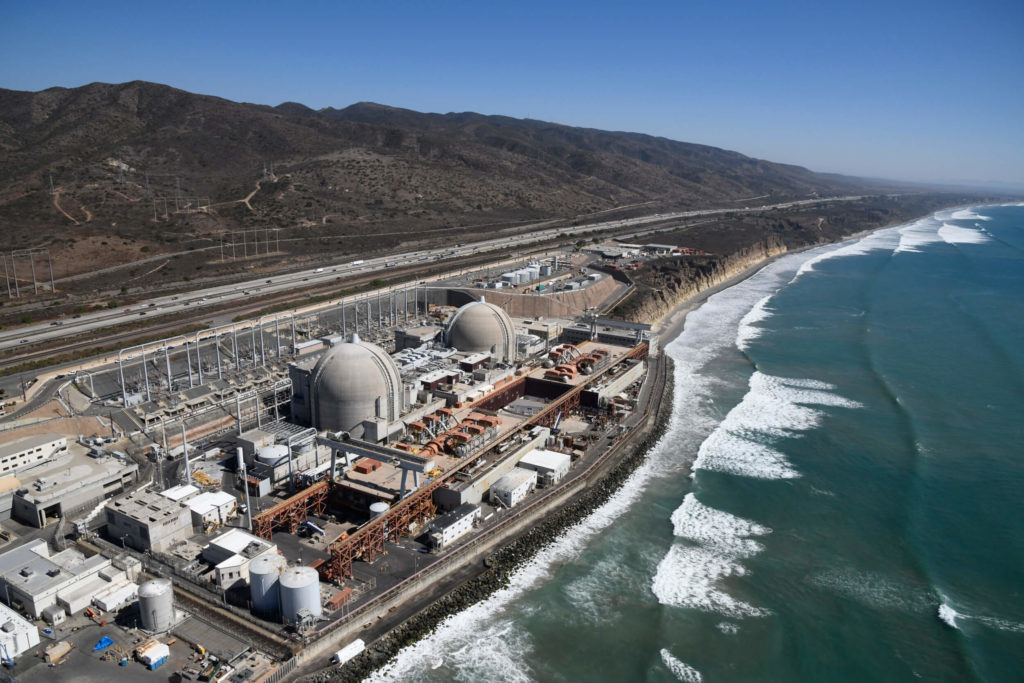EPRI laboratory research has yielded insights on a vibration mechanism that can cause costly damage in nuclear plant steam generators. The results may lead to new guidance for steam generator design to help avoid these vibrations.
Tubes in nuclear plant steam generators prevent radioactive liquid in the primary coolant loop from mixing with nonradioactive liquid in the secondary coolant loop. Tube leakage can result in loss of primary coolant, expensive plant outages, and shutdowns.
Tube bundles are subjected to cross-flow of a steam-water mixture, making them susceptible to vibration. In-plane fluid elastic instability, a type of severe vibration demonstrated in laboratories, was observed for the first time in an operating steam generator in 2012 at San Onofre Nuclear Generating Station in California. Unit 3 experienced a small coolant leak, and subsequent tube inspections identified damage caused by in-plane fluid elastic instability. The damage was a factor in Southern California Edison’s decision to permanently shut down San Onofre in 2013.

To identify configurations that can cause in-plane fluid elastic instability, EPRI and Canadian Nuclear Laboratories subjected tube bundles to air flow. While air behaves somewhat differently from the steam-water mixture in a steam generator, it enables easier control and adjustment of variables in a laboratory.
“In these tests, our objective was to determine which parameters might influence the onset of in-plane fluid elastic instability,” said EPRI Program Manager Helen Cothron. “Air flow tests enable us to vary important parameters, and they are relatively inexpensive compared to steam-water tests.”
Researchers examined the interaction between the tubes’ U-bend area and the flat bar supports that stabilize the tubes. They focused on variables such as the number of tubes subjected to air flow, the number of supports, and the gap between the tubes and supports. Key findings:
- In-plane fluid elastic instability occurred in a cluster of tubes when the supports failed to stop tube motion in the air flow’s direction.
- As the flow velocity increased, the onset of in-plane fluid elastic instability was observed.
- Instability rarely occurred where the gaps between tubes and supports were small.
- As the flow velocity was reduced incrementally, tubes consistently stabilized at the same velocity.
- Out-of-plane fluid elastic instability often preceded in-plane fluid elastic instability.
“These results helped the project team develop a test rig for a second round of laboratory tests using a refrigerant instead of air,” said Cothron. “A liquid-vapor refrigerant mixture can simulate steam-water flow in a steam generator more precisely than air.”
Researchers conducted the refrigerant flow tests earlier this year and are evaluating the results now.
“Steam generator manufacturers were involved in the refrigerant tests,” said Cothron. “They provided input on the development of the test rig, and we will share the results with them.”
The results may be used to develop new guidance for the design of new steam generators that can help prevent in-plane fluid elastic instability during operations.
EPRI Technical Experts:
Helen Cothron, Sean Kil


